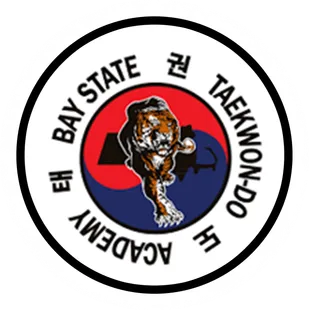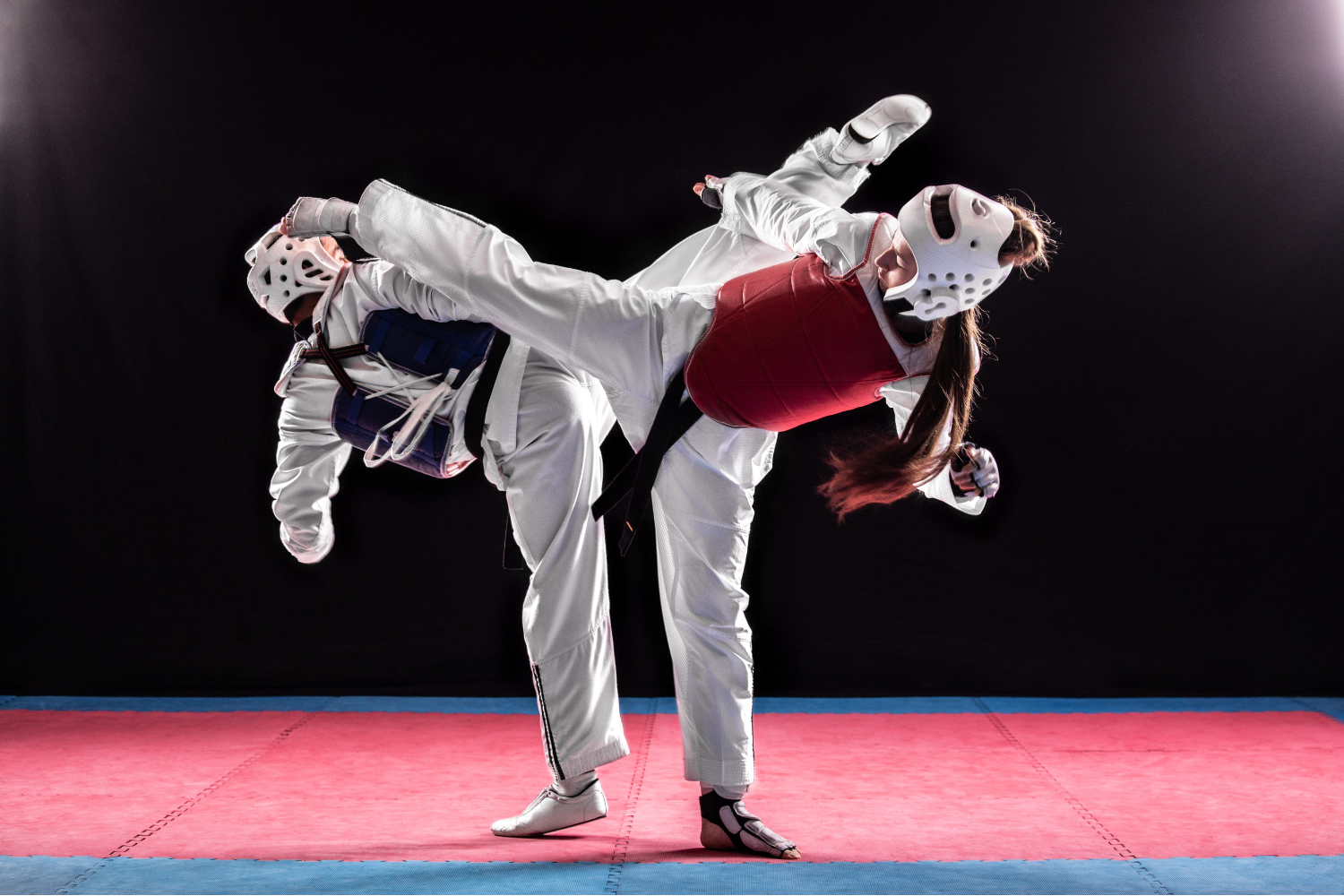How To Improve Your Taekwondo Skills
August 17, 2024


Speed is another critical aspect of sparring. A quick reaction can make the difference between a successful strike and being caught off guard. To enhance speed and agility, drills focused on improving reaction time are invaluable. Partner drills, shadow sparring, and other exercises help develop the quick reflexes needed to stay one step ahead of your opponent. However, sparring is not merely a physical contest; it’s a mental game as well. Understanding your opponent’s patterns, anticipating their moves, and adapting your strategy in real-time are crucial for success. Regular sparring practice with different partners helps develop these strategic skills, making you not just a stronger fighter, but a smarter one.
In Taekwondo, sparring also plays a key role in belt advancement. As students progress through the ranks, they must demonstrate increasingly complex sparring techniques during belt tests. This challenges their physical abilities and tests their mental toughness and discipline. It’s not just about winning or losing but about showing growth, learning from each encounter, and applying those lessons to improve. While sparring can be intense, safety and respect are paramount. Wearing proper protective gear and adhering to the rules ensures that everyone can enjoy the experience safely. Remember, sparring is as much about learning and growth as it is about competition. By focusing on both, you not only become a better martial artist but also a more disciplined and respectful individual.

